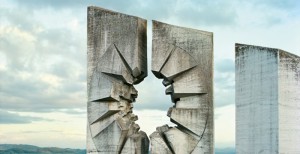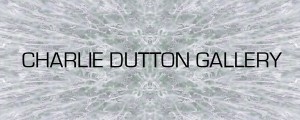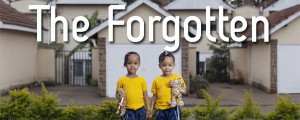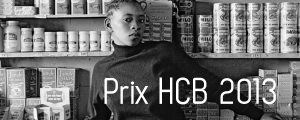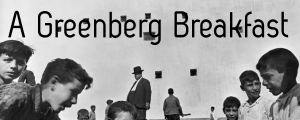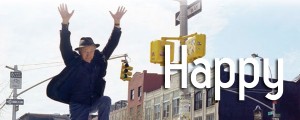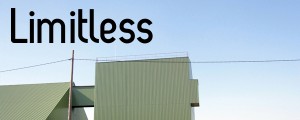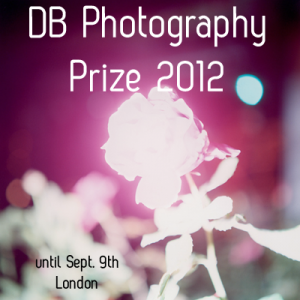Visa pour l’image, the world’s biggest festival of photojournalism, just celebrated its 25th birthday in Perpignan. Two hundred thousand visitors and 3,000 professionals descending on the little city in Southern France to visit 23 exhibitions aiming to reflect the state of the world. But no one was in a party mood, especially not the festival’s uncompromising creator-director, Jean-François Leroy, whose discourse seems darker every year. But how could he be optimistic about the future of photojournalism when almost no one believes in its value? When not even magazine editors, once it biggest supporters, do?
But, at this festival that is once a year “the biggest magazine in the world”, photographers are heroes. That’s not just because some of them risk their lives on a daily basis, but because keeping faith in this precarious job should provoke everyone’s respect. The golden age is, of course, over and professional photographers now face fierce competition from basically anyone with a smartphone. But that’s not the worst part. The way photographers work has also changed drastically. Now that the people you photograph (combatants in a war zone, for instance) are fully aware of their image and of the possible impact of its broadcast on public opinion, now that they can see everything you publish on the internet, how can you work objectively as a war photographer and, most of all, what is it worth? While the international community concerns itself with possible military intervention in Syria, the question could not be more topical.
“Photographers are here to make noise in the governments’ ears, so that it is not so easy to send young people to die on the battlefield”, says Patrick Chauvel, 64, one of the most respected French war correspondents, who recently covered the Libyan civil war. Invited with Don McCullin, David Douglas Duncan and John G. Morris to take part in a roundtable discussion on “Photographing War”, Chauvel is a veteran with the rare exception of being not completely disillusioned with photojournalism; one of the few who still looks for new ways of practicing his art. That’s why, when he went to Libya in 2011, he didn’t only take his camera but decided to participate in the Condition One project launched by young war correspondent and videographer Danfung Dennis.
His idea was to change the visual language of video journalism through an app that would make war reporting immersive and interactive: on the battlefield, the videographer uses a near-180-degree wide angle camera instead of the traditional 50mm or 35mm lens. At home, you just hold your tablet or smartphone up as a video scene is playing out on screen, panning left, right, up or down, the perspective of the image moving to match it. Imagine you suddenly hear gunfire coming from the left. You can swivel around in the image, the exact same way you would snap your head in the gunfire’s direction if you were there, in what’s called “augmented reality for war journalism”.
This project is still in its beta-stage and needs to be debated for obvious ethical reasons. The main concern affecting every media professional being, ‘don’t you risk sensationalising war by talking about it in such a ‘fun’ way?’ The question was raised in 2010 when Armadillo, Janus Metz’ documentary about Danish soldiers caught in the war in Afghanistan, was awarded the Grand Prix de la Semaine de la Critique in Cannes. The immersion was incredibly realistic, like in an excellent video game, and several critics accused the film of blurring the divide between fact and fiction. But that was cinema, not journalism, and for a photojournalist the question then becomes, ‘how much moral authority does one have to play with that very divide?’ **
Visa pour l’image runs in Perpignan August 31 to September 15, 2013.
share news item




